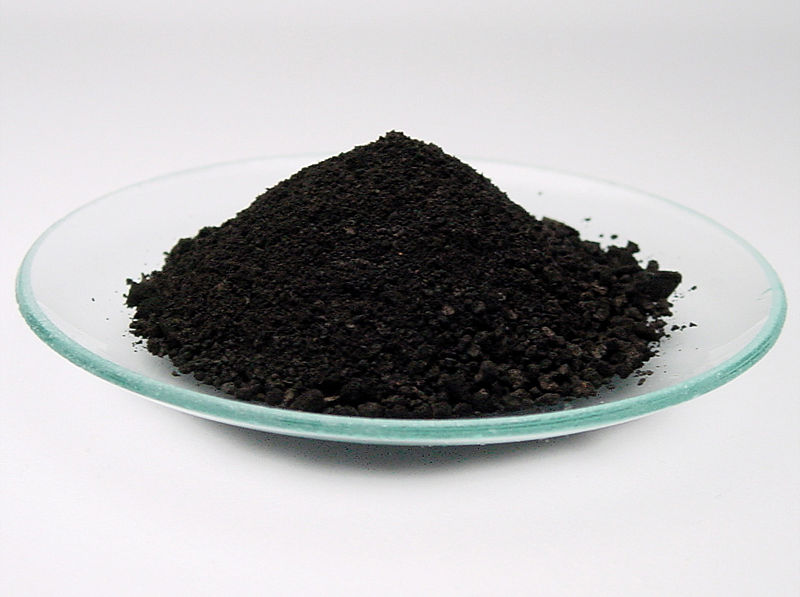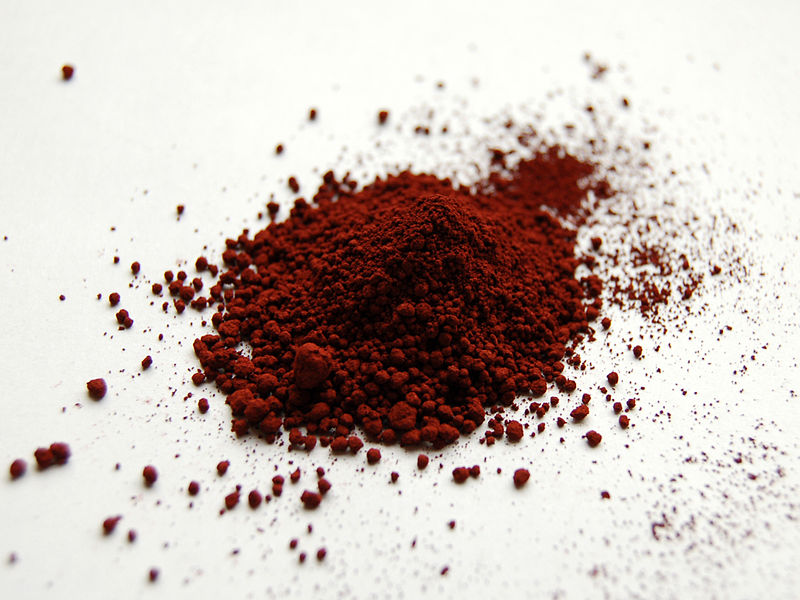Difference Between Ferrous and Ferric
Key Difference – Ferrous vs Ferric
Iron is one of the most abundant metal elements on earth and Ferrous (Fe2+) and Ferric (Fe2+)are two oxidation forms of element iron between which there exists a difference based on their electron configuration.Ferrous has +2 oxidation state, and ferric has +3 oxidation state. In other words, they are two stable ions from one parental element. The key difference between these two ions is their electron configuration. Ferrous ion is formed eliminating 2d-electrons from the iron atom, whereas ferric ion is formed by eliminating 3d-electrons from the iron atom. This gives different chemical properties, differences in acidity, reactivity magnetic properties and, different colours in chemical complexes and solutions.
What is Ferrous?
Ferrous iron has +2 oxidation state; formed by removing two 3s-shell electrons from a neutral iron atom. In the formation of ferrous iron, 3d-electrons remain the same, the resulting ion has all six d-electrons. Ferrous ion is paramagnetic because it has unpaired electrons in the outermost shell. Although, it has an even number of d-electrons, when they fill into five d-orbitals some electrons remain unpaired in the ion. But when it bonds with other ligands, this property can be changed. Ferrous ions are relatively more basic than ferric ions.

What is Ferric?
Ferric iron has +3 oxidation state; formed by removing two 3s-shell electrons and one d-electron from a neutral iron atom. Ferric iron has 5d-electrons in its outer shell and this electron configuration is relatively stable due to extra stability from half-filled orbitals. Ferric ions are more acidic compared to ferrous ions. Ferric ions can act as an oxidising agent in some reactions. For example, it can oxidise iodide ions to a dark brown solution if iodine.
2Fe3+(aq) + 2I–(aq) → 2Fe2+(aq) + I2(aq/s)

What is the difference between Ferrous and Ferric?
Characteristics of Ferrous and Ferric:
Electron Configuration:
The electron configuration of iron is;
1s2, 2s2, 2p6, 3s2, 3p6, 4s2, 3d6
Ferrous:
Ferrous iron is formed removing two electrons (two 3s electrons) from iron atom. Ferrous iron has six electrons in d-shell.
Fe → Fe2+ + 2e
It has the electron configuration of 1s2, 2s2, 2p6, 3s2, 3p6, 3d6.
Ferric:
Ferric iron is formed removing three electrons (two 3s electrons and one d-electron) from iron. Ferric iron has five electrons in d-shell. This is a half-filled state in d-orbitals which is considered as relatively stable. Therefore, ferric ions are relatively stable than ferrous ions.
Fe → Fe3+ + 3e
It has the electron configuration of 1s2, 2s2, 2p6, 3s2, 3p6,3d5.
Solubility in water:
Ferrous:
When ferrous ions are present in water, it gives a clear, colourless solution. Because, ferrous irons are completely soluble in water. There is a small amount of Fe2+ in natural water ways.
Ferric:
It can be clearly identified when ferric (Fe3+) ions are present in water. Because, it produces a colourful deposits with a characteristic taste to the water. These sediments are formed since ferric ions are insoluble in water. It is quite unpleasant when ferric ions are dissolved in water; people can’t use water containing ferric ions.
Complex formation with water:
Ferrous:
Ferrous ion forms a complex with six water molecules; it is called hexaaquairon(II) ion [Fe(H2O)6]2+(aq). It is pale green in colour.
Ferric:
Ferric ion forms a complex with six water molecules; it is called hexaaquairon(III) ion [Fe(H2O)6]3+(aq). It is pale purple in colour.
But, we usually see dull yellow colour in water; this due to the formation of another hydro-complex, transferring protons to water.
Image Courtesy: 1. “Iron(II) oxide” [Public Domain] via Commons 2. “Iron(III)-oxide-sample” by Benjah-bmm27 – Own work. [Public Domain] via CommonsncG1vNJzZmivp6x7pbXFn5yrnZ6YsqOx07CcnqZemLyue8OinZ%2Bdopq7pLGMm5ytr5Wau26yxKupqK2jYq6vsIyvqmaelae%2Fqq%2BO